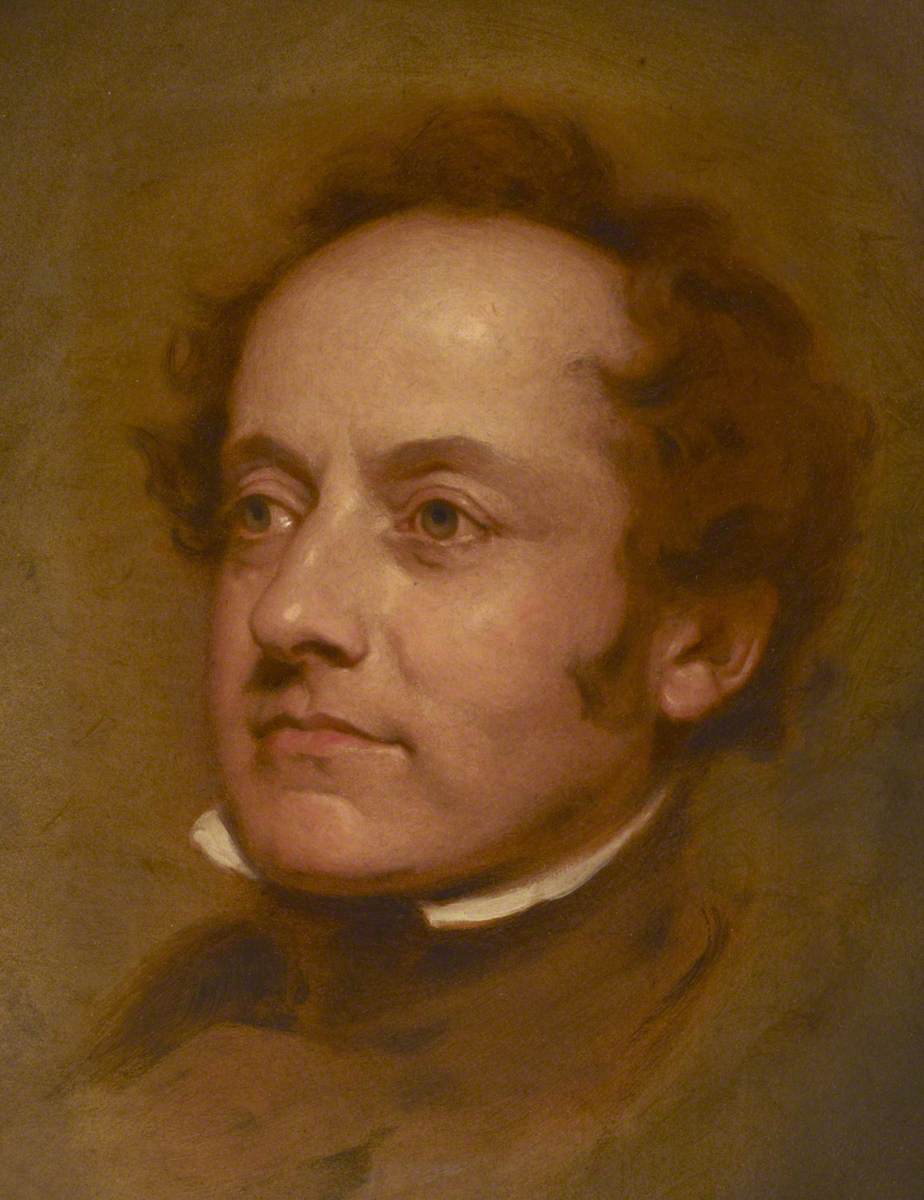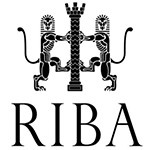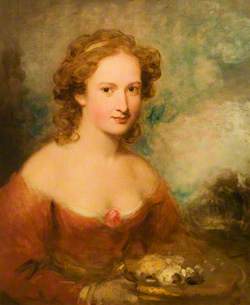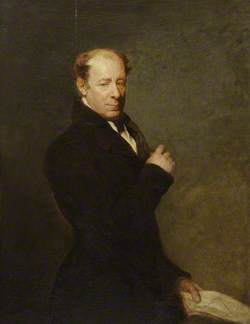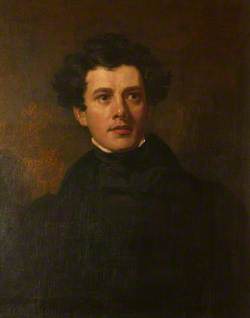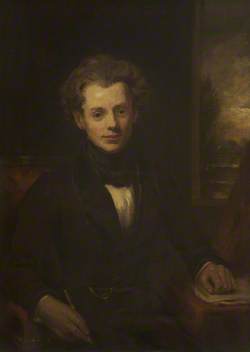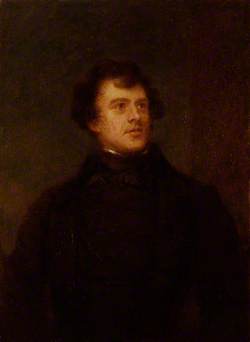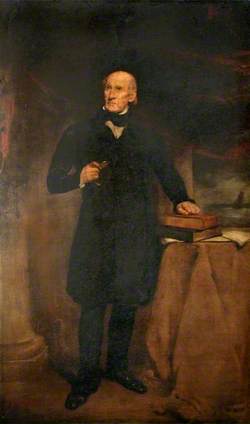How you can use this image
This image can be used for non-commercial research or private study purposes, and other UK exceptions to copyright permitted to users based in the United Kingdom under the Copyright, Designs and Patents Act 1988, as amended and revised. Any other type of use will need to be cleared with the rights holder(s).
Review the copyright credit lines that are located underneath the image, as these indicate who manages the copyright (©) within the artwork, and the photographic rights within the image.
The collection that owns the artwork may have more information on their own website about permitted uses and image licensing options.
Review our guidance pages which explain how you can reuse images, how to credit an image and how to find images in the public domain or with a Creative Commons licence available.
Notes
Add or edit a note on this artwork that only you can see. You can find notes again by going to the ‘Notes’ section of your account.
The career of Sir Charles Barry (1795–1860) spanned the late Georgian and early Victorian periods. After a protracted tour of France, Italy, Turkey, Greece and Egypt (1817–1820), his career took off with the success of his Traveller's Club, Pall Mall (1830). Other major works include the Manchester Athenaeum (1837–1839), the Reform Club, London (1837–1841), the Board of Trade, Whitehall (1844) and the Palace of Westminster, London (1837–1852). His domestic architecture includes Bowood (1834), Harewood (1834–1850), Dunrobin Castle (1844–1848), Gawthorpe (1850–1852) and Cliveden (1851). He was elected Associate of the Royal Academy in 1842 and Academician in 1844. He was one of the founding members of the Royal Institute of British Architects (RIBA) and was a RIBA Royal Gold Medallist in 1850.
Title
Sir Charles Barry (1795–1860), RA
Medium
oil on canvas
Measurements
H 35.5 x W 31.2 cm
Accession number
PCF60
Acquisition method
presented by the sitter's great-granddaughter, Mrs J. L. Trevor, 1976
Work type
Painting
